Most cultures and countries celebrate the New Year by eating, drinking, celebrating, and often watching fireworks. They all tend to look at the New Year as a "new beginning" which they hope will bring good things [luck, health, fortune, love,] and good times in the coming year.
In Italy, December 31 is the Feast Day of San Silvestro, a saint who served as Pope from 314 to 335 and oversaw the conversion of Roman Emperor Constantine I's conversion to Christianity. Since the adoption of the Gregorian calendar, this day coincides with New Year's Eve and is the source of some of the Italian New Year's traditions, which are rife with symbolism.
So … what is it the Italians do to celebrate New Year's Eve?
EAT THE TRADITIONAL MEAL
Italians never miss a chance to celebrate an event with food, usually specialized for the kind of event. The nature of the specialty depends of the kinds of foodstuffs available at the time and location of the celebration and the local superstitions and beliefs. However, the New Year's Eve meal is very symbolic and well thought-out.
The traditional Italian New Year's meal features pork sausage [Cotechino] and lentils [lenticchie]. The meat is from the actual hoof of the pig [lo zampone] which is considered symbolic of abundance and bountifulness, apparent in the high fat content of the pork.
The shape and color of the lentils reminds one of gold coins, thus representing money earned in the coming year. Thus, to the Italian way of thinking, the more you eat, the better off you'll be. Lentils are also long lasting and represent longevity.
The tradition of eating one spoonful of lentils for each sounding of the bell at midnight is rarely carried out these days, but has been translated into a different form by the Spanish.
While this belief has been around for back hundreds of years, the more recent tradition from Spain of eating 12 grapes in 12 seconds, one per each stroke of midnight dates back to the 1800's and had been adopted in many other countries. According to Judy Cantor-Navas in on foodrepublic.com, " Eating the grapes pretty much guarantees starting off the year with a little adrenaline rush, and most likely some laughs. While the goal of getting the 12 grapes down in time can spark a contest of who is más macho around the table, the biggest challenge is more likely to be not gagging as you cram them in your mouth and try to swallow while laughing hystericalle."
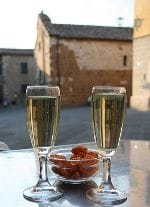
- Spumante is an Italian sparkling wine, the equivalent of champagne. According to vinepair.com "For a bottle of sparkling wine to be labeled Champagne it must be made in the Champagne region or France using a specific method. If a bottle of wine is produced anywhere else using the same, exact method it must carry a different name." These rules are national laws and international trade agreements and treaties.
There is a long history of this battle of the labels. Some loopholes in the laws and
agreements allow California sparkling wines to be labeled as Champagne. Just thought I'd throw this in.
WEAR RED UNDERWEAR
Whether or not you have a date, both men and women wear red undergarments on New Year's Eve. This tradition apparently dates from early celebrations of the Feast Day of San Silvestro.
While in many cultures the color red means love, good fortune, and fertility, the color has been used for centuries to ward off war, disasters, evil spirits, and negativity, and has a more general meaning than good fortune in love or sexual endeavors, as most modern Italians believe.
Finally, tradition requires that these be thrown out the day after the party for the ritual to be effective. Maybe that's why one sees vast displays of cheap red underwear between Christmas and New Year.
THROW THE OLD OUT THE WINDOW
It's a bird. It's a plane. It's an unidentified falling object! It's New Year's Eve in Italy.
The first New Year's Eve I experienced in Rome in 1963, I was surprised to learn you couldn't be on the streets from about 11 p.m. and 2 a.m. because people would throw old possessions out the windows, particularly crockery but even furniture. Apparently, in southern Italy that was considered symbolic for getting rid of the getting old to welcome in the new year.
Most of the apartment buildings in old Rome were four to six stories; high enough to create deadly debris. In those days, cars had to be parked off the streets in protected locations. Around 3 a.m., a fleet of street sweepers [men with brooms, not machines] flooded the streets and began cleaning up the trash. Even years later, when the populace stopped throwing out so much of the heavy stuff, they would still throw out champagne bottles which can do almost as much damage to a unfortunate skull that might be below.

SMASH PLATES
Smashing plates, glasses, and other glass and pottery items against the ground is another tradition to drive away bad omens which might contaminate the coming year. Since throwing things out the window is related to southern Italy, perhaps this accomplishes the same thing for other Italians.
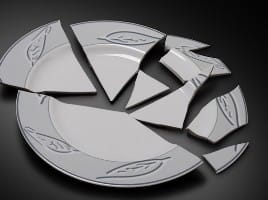
Watching fireworks is not exclusive to Italians or invented by them, but they go in for the big bangs. It's very dramatic to see fireworks light the skies above ancient mouments, but there's a purpose to their madness. Superstition has it that demons and negative spirits don't like loud noises. Fireworks ensure that, in addition to entertaining the revelers with awe-inspiring sights, the bad spirits are gone before the new year begins.
PARTY ALL NIGHT AND PLAY CARDS
Even at the most trendy New Year's Eve parties, many of the guests of all ages will spend the entire night playing cards or tombola, a game similar to bingo.
Tombola originated in Naples in the 1700s to get around gambling, which the church frowned on. As a concession to the church, King Charles of Naples banned gambling during the Christmas period, but the Neopolitans side-stepped the law by playing bingo at home. The Italians party until sunrise on January 1 so they can see the new year arrive. They don't do anything half way
CONFRONT THEIR FUTURES
Among the many superstitions around the new year, one of the most intriguing is that the first person you encounter after midnight will establish your future for the coming year.
Seeing someone older, of the opposite sex, means you're going to have a good year. It's a sign you will live long and be lucky in love.
Babies or someone of the same sex portend a less positive start. Seeing a doctor foretells deteriorating or poor health. Encountering a postman or priest is considered bad luck, probably because it implies someone is being notified of a negative occurrence or death.
I guess this means you shouldn't invite babies, doctors, priests and postmen to your party.
A NEW TRADITION
Most of the practices I mentioned have roots in the past, but there is at least one that started in 1946. That year, an unemployed lifeguard who was attempting get a job as a stunt man, dove into the Tiber River, Rome, to attract attention to his skills. Since then, it has been the custom for people all over Italy to dive from a local bridge into a river. The best known launch site is the Cavour Bridge in Rome. Most of the celebrants are observers who gather to watch a few brave souls take the plunge.
Resources
http://www.foodrepublic.com/2012/12/28/12-grapes-at-midnight-spains-great-new-years-eve-tradition-and-superstition/
http://goitaly.about.com/od/festivalsandevents/a/newyears.htm
https://selectitaly.com/blog/all-you-can-italy/new-years-eve-traditions/
http://www.thelocal.it/20151231/italian-new-year-traditions-and-superstitions
http://www.123newyear.com/newyear-traditions/italian.html
http://www.italymagazine.com/featured-story/new-years-eve-italian-traditions
https://www.touritalynow.com/blog/buon-anno-italian-new-years-eve-customs/
http://www.italymagazine.com/news/traditional-tiber-river-dive-welcomes-new-year-rome
https://www.quora.com/What-are-the-differences-between-Brut-Champagne-and-Spumante-wine
http://www.foxnews.com/food-drink/2014/08/05/prosecco-vs-champagne-what-s-difference.html
http://vinepair.com/wine-blog/loophole-california-champagne-legal/





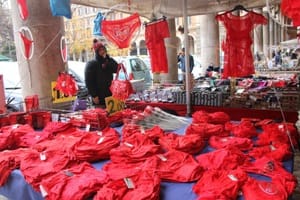

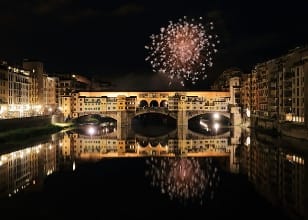


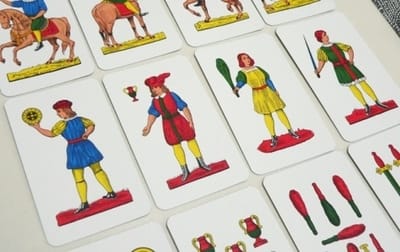




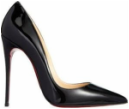
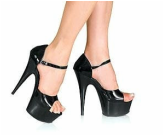
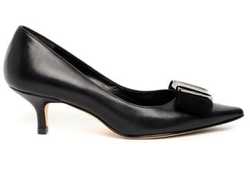
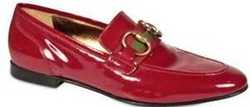

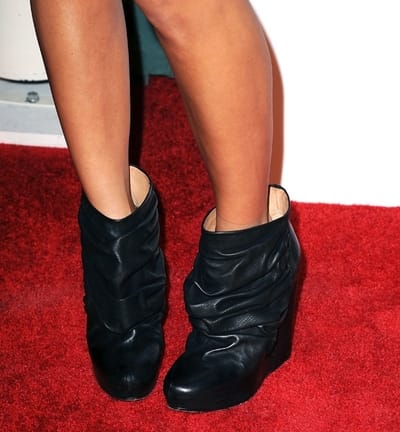
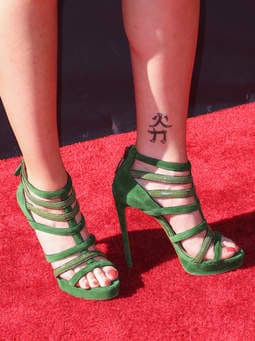
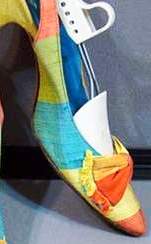
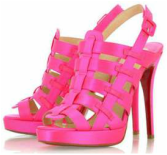
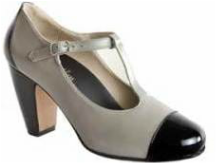

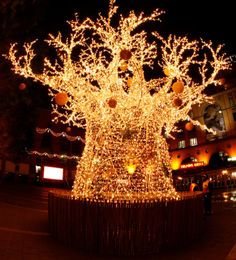

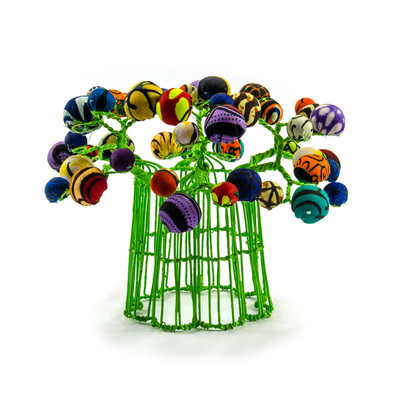
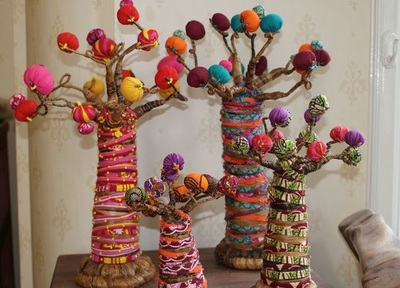










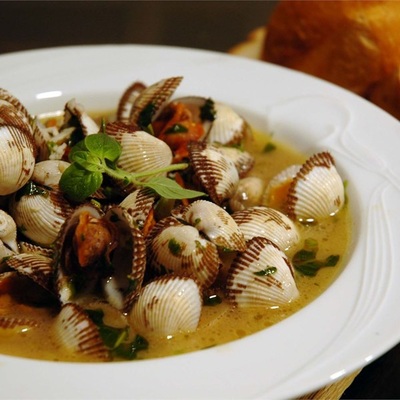
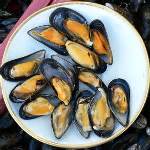

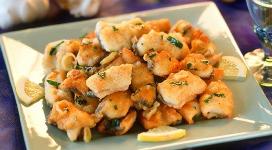
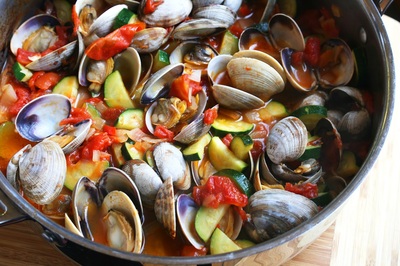

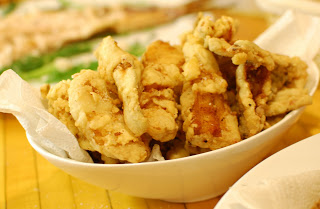
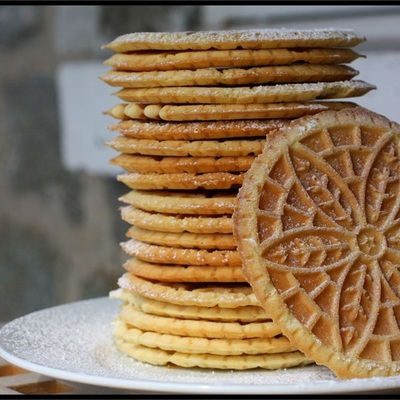
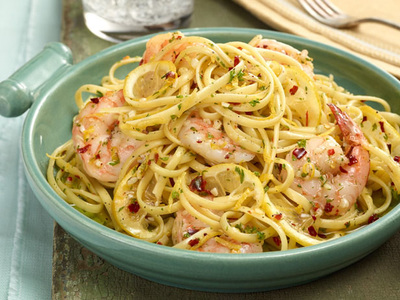
 RSS Feed
RSS Feed